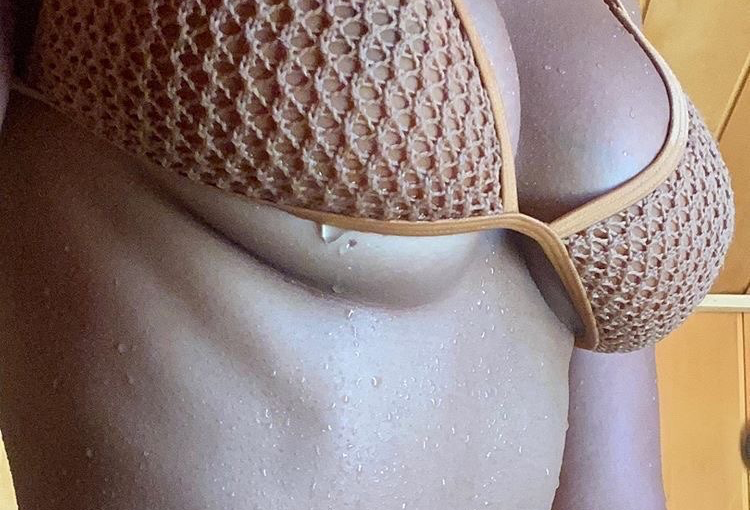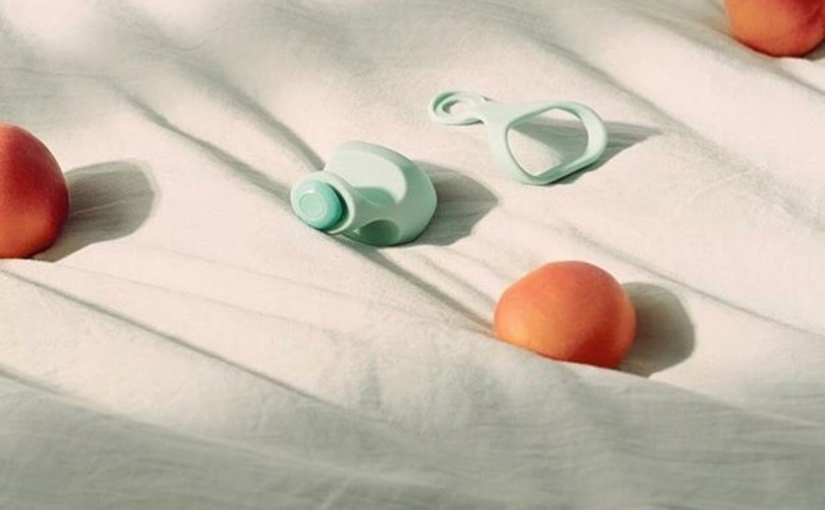I read a statistic that half of women feel like they didn’t get adequate education about birth control. This doesn’t surprise me. Sex education doesn’t give much info on methods, insurance coverage, the effectiveness, or the risks. There are tons of methods and it can be a process finding the right one. If we educate ourselves on the different types, we can make the best choice for our bodies.
Birth control is only effective against pregnancy and no method protects you from STIS/STDS. Many people get on birth control because they want to enjoy sex but not have a child. This is probably why they don’t encourage this convo in schools… sigh.
The most effective methods are the IUD, the implant, and the Depo-Provera (the shot). Other options are the birth control pills, the patch, the ring, the cervical cap, and the diaphragm. Your doctor, nurse, gyno, or other healthcare providers can talk with you about what option is best. I’ve tried 5 different birth control pills before I found one that I liked.
Any option may cause nausea, headaches, spotting, breast swelling, weight-gain, & other side effects. Luckily, if you experience a side effect it’s really easy to switch options! All birth control methods are only effective if used correctly and consistently.
Some methods are inexpensive while others are more pricey and timely. To figure out what you can afford talk to your insurance provider about what they can cover. You need a prescription for most methods. There are family/reproductive clinics that can offer low cost or free methods, such as Planned Parenthood.
The type you chose depends on your lifestyle! It depends on if you can remember to take a pill every day, don’t mind a shot every 3 months, possible side effects, how often you have sex, and if you want something inserted or not.
Benefits of birth control can be a more regular and lighter period, less cramping, less acne, and the ability to have sex with protection against pregnancy!! Woo hoo!
There are disadvantages to birth control. People say you shouldn’t stay on birth control for a long time but in order to understand how it will affect your health, talk to your doctor. Most people can safely use birth control for years if that’s what their doctor recommends. I personally think staying on any medication for long is not the best thing for your body, but every body is different.
I want to switch to an IUD because I don’t plan on having a child any time soon, (I’m a young career driven lady) and it seems so convenient. Although I’m good at remembering my pill, it seems easier to have a little thing inside of me!
IUD –
A small T shaped piece of plastic that’s inserted into your uterus by your doctor. Some people get cramps or feel mild pain but it doesn’t last long. If you are comfy with going to your doctor and having a speculum inserted to open your vagina, this method is great.
The cool thing about an IUD is that it comes in hormonal and non hormonal. Both are highly effective and can last up to 7 years. You just have to regularly check up on it to make sure it’s in place. It’s very effective and a one time type of thing.
THE IMPLANT –
The birth control implant is a little plastic rod that is inserted under your skin! A doctor will place the rod into your arm, where it will release progestin, to stop you from becoming pregnant. It’s 99% effective, lasts long, & is convenient.
You may have a small ache where it was inserted at first, but it goes away quickly & you won’t notice it after that!
DEPO-PROVEA (the shot) –
This is another very effective method. The shot is injected every three 3 months & can be done at home or by your healthcare provider. It’s 94% effective, quick, & private (if at home).
BIRTH CONTROL PILLS –
Probs the most common method. There are two types of pills. Combination pills, (estrogen & progestin) & progestin only pills. Combo pills are most common since it’s more effective.
Taking your combo pill around the same time every day is very important. As long as you take the pill each day it’s highly effective. Most packs come in 28 or 21 days.
21 day pills – You take one pill everyday for 3 weeks, then none for a week. You get your period during this 4th week and don’t take any pills. After the week is over you start a new pack.
28 day pills – You take one pill everyday for 4 weeks then start the new pack on the 29th day. The last week of pills do not have hormones in them, they are just there as a reminder to keep taking your pill. Some people start a new pack on the 3rd week and skip their period. They just continue taking the hormone pills. Talk to your doctor about if this option is best. I think we are meant to bleed and shed, but some may pick this for health reasons!
Your birth control brand offers info on what to do if you miss a pill. Don’t worry, it happens. It takes 7 days before the pill is active and you are protected.
THE PATCH –
Does just what it sounds like! You wear a little square bandage/patch that releases hormones through your skin. You can wear it on your stomach, upper arm, booty, back, and your skin sucks up the hormones. You just have to remember to change it once a week!
THE RING –
NuvaRing is probably the most popular brand for birth control rings. You wear the ring inside your vagina, where the hormones are absorbed. The ring is used by yourself. With clean hands, squeeze the sides so it becomes narrow, then insert it into your vagina.
You leave it in for three weeks then take it out the 4th. You get your period during this week. It’s comfy and totally unnoticeable!
THE CERVICAL CAP –
A cute little rubbery cup that is inserted deep into the vagina, so it covers the cervix. You place it inside up to 6 hours before sex and can be left in up to two days.
It basically prevents sperm from entering the uterus! For best protection, it should be used with a spermicide (a chemical that kills sperm). It’s similar to a diagram, but smaller.
THE DIAPHRAGM –
A dome shaped rubbery cup that is inserted into the vagina hours before sex. It also must be used with a spermicide to block sperm.
The diaphragm and cervical cap are similar and can be great options if used correctly.
Pulling out and morning after pills are not effective methods. Birth control is a powerful tool and there is nothing wrong with going on it. It should be encouraged and there are people to help you decide which option is best.
If you are sexually active and not planning on raising a family soon, get on that birth control ladies!







